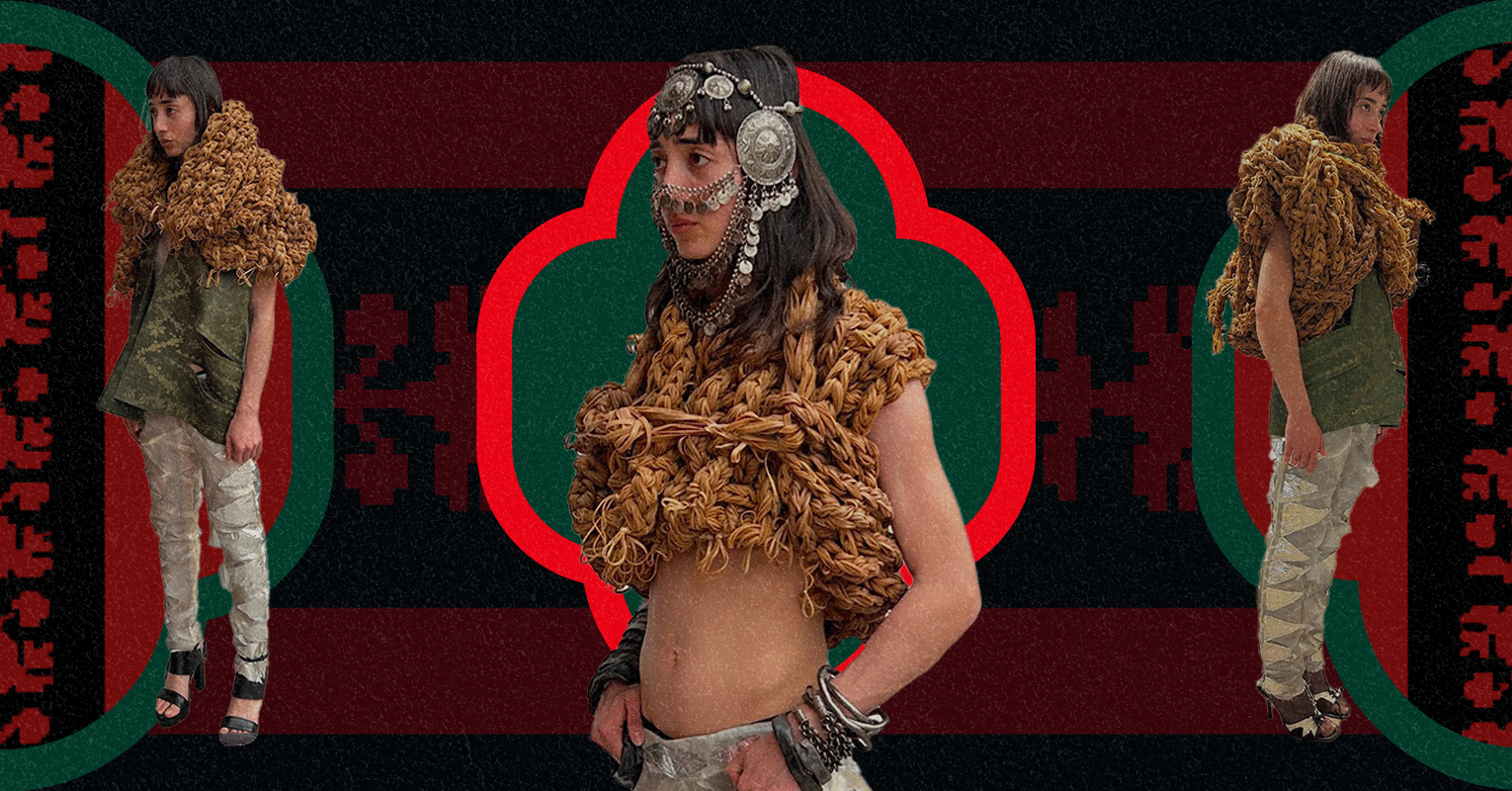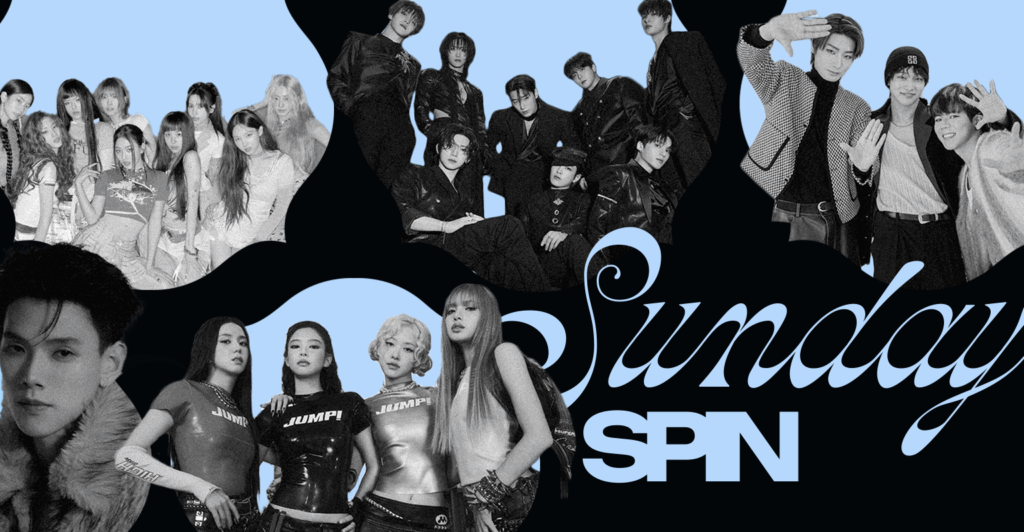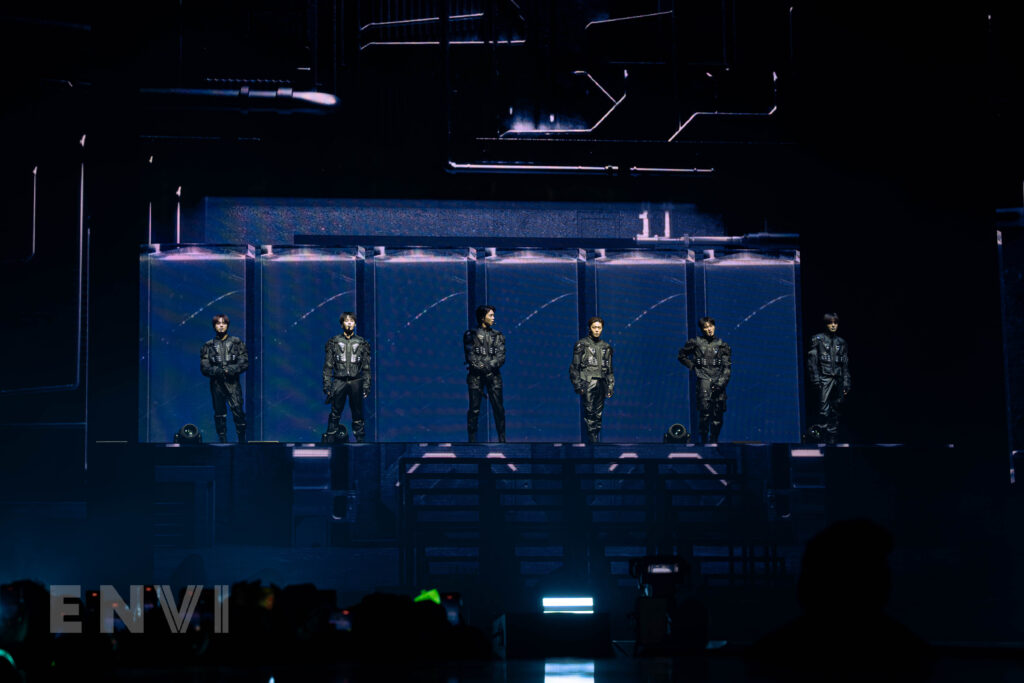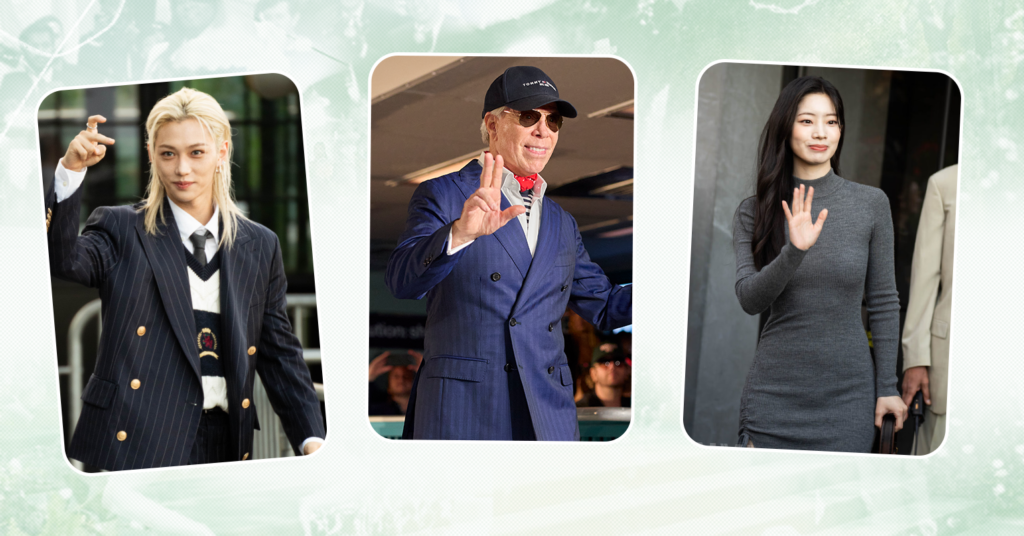Ayham Hassan Tells A Story Of Resilience And Identity Through Fashion

The Central Saint Martins BA show on June 5 saw another generation of creatives graduate from students to designers. Amongst them, Ayham Hassan stood out with a collection that bled magenta. Originally a resident of Ramallah in the West Bank, Hassan has come a long way — from crowdfunding his way through fashion school to showcasing a graduate collection that weaves the reality of genocide and asserts itself in the quest for liberation.
Collection Overview
Titled “IM-MORTAL MAGENTA: the colour that doesn’t exist,” the collection is inspired by Hassan’s homeland of Palestine and its rich traditional textiles, which have been displaced by decades of conflict. Having lived out his formative years under Israeli settler colonialism, Hassan is familiar with the harsh realities and despair that comes with it. It’s captivating to see how he embraces historic crafts as a tool to reclaim his cultural identity, transforming his experience into hope and emancipation.
The collection draws on traditional styles of Palestinian textile and dress as a source of direction. Techniques native to Palestine like knitting, embroidery, and printing have been used to manipulate the fabrics. Deadstock silks are incorporated with leather, while woven cottons from Palestine, chiffon, organza, and pleated paper are treated with inventive techniques and surface ornamentation. The result holds space for both tradition and resistance. The color that dominates the collection is a bold magenta — a nod to the pink-striped traditional Palestinian thobe. A recurring theme throughout the collection were the metallic, armor-like triangles dispersed across garments. The triangular motifs speak to a form of spiritual protection in its power to ward off evil spirits.
Key Pieces
One of the garments central to the collection was a gray floor-sweeping headscarf in wool, hand-crocheted by Hassan’s mother back in the West Bank. Through this piece, her presence could be felt at the show. The scarf was embroidered with vibrant magenta strips and resilient motifs of dancing birds and bullet flowers from Gaza.
Look 4 of the collection, called the Sling Shot, had an outer top made of rubber bands, knit and woven to emulate a sling-shot warrior. This was styled with an olive green leather vest, engraved with motifs from the Gaza thobe, and trousers made out of pleated paper-silk, top-stitched with metallic embossed triangles.
Another spectacular look from the collection paid homage to the village of Abu Shusha that was massacred in 1940. The couture garment fuses geometric patches of historic woven patterns with layers of distressed organza — a reflection of the daily life in Palestine that is rooted in resistance.
Fashion and Identity
The collection’s title color, a striking and vibrant magenta, is an ode to the Majdawli weavers who were forced to evacuate to the Gaza strip in 1948. The Majdalwi weave, native to the coastal town of Al Majdal, was used to weave fabric traditionally sold in eight-meter long pieces, the amount required to make a single traditional Palestinian thobe. The fabric uses black and indigo cotton threads, accented by bands of turquoise and fuchsia silk that symbolise heaven and hell. Such symbolism behind the theme of the collection is not only a direct reflection of Hassan’s upbringing, but also bolsters and preserves Palestinian crafts and skills.
During a profile with 1Granary, Hassan shared that only after moving to London was he able to identify with his Arabic upbringing and find a sense of belonging within himself. Growing up in an Arabic society under occupation, he was never able to fully express himself since his femininity and interests were not accepted within that culture. As a young creative in London, Hassan was able to explore and express his identity through this collection. The Arab fashion he experienced while growing up also informs his aesthetic choices; the draping, silhouettes, colors, and techniques in his garments are used as a medium to deconstruct political issues. He believes in the power of fashion to inform and influence people.
In a world that very often turns its eyes away from harsh realities, Ayham Hassan takes a staunch stance. He urges the audience to look beyond the glamour of fashion — to look at the trauma that shapes his collection and the joy upon overcoming it. By collaborating with local artisans to integrate traditional elements into his collection, Hassan’s work uplifts the craft communities in Palestine — it preserves the rich culture of the land and reaffirms the presence of Palestinians on their native land.
Interested in more fashion content? Read about how Harleen Kaur is bridging cultures through fashion here!



